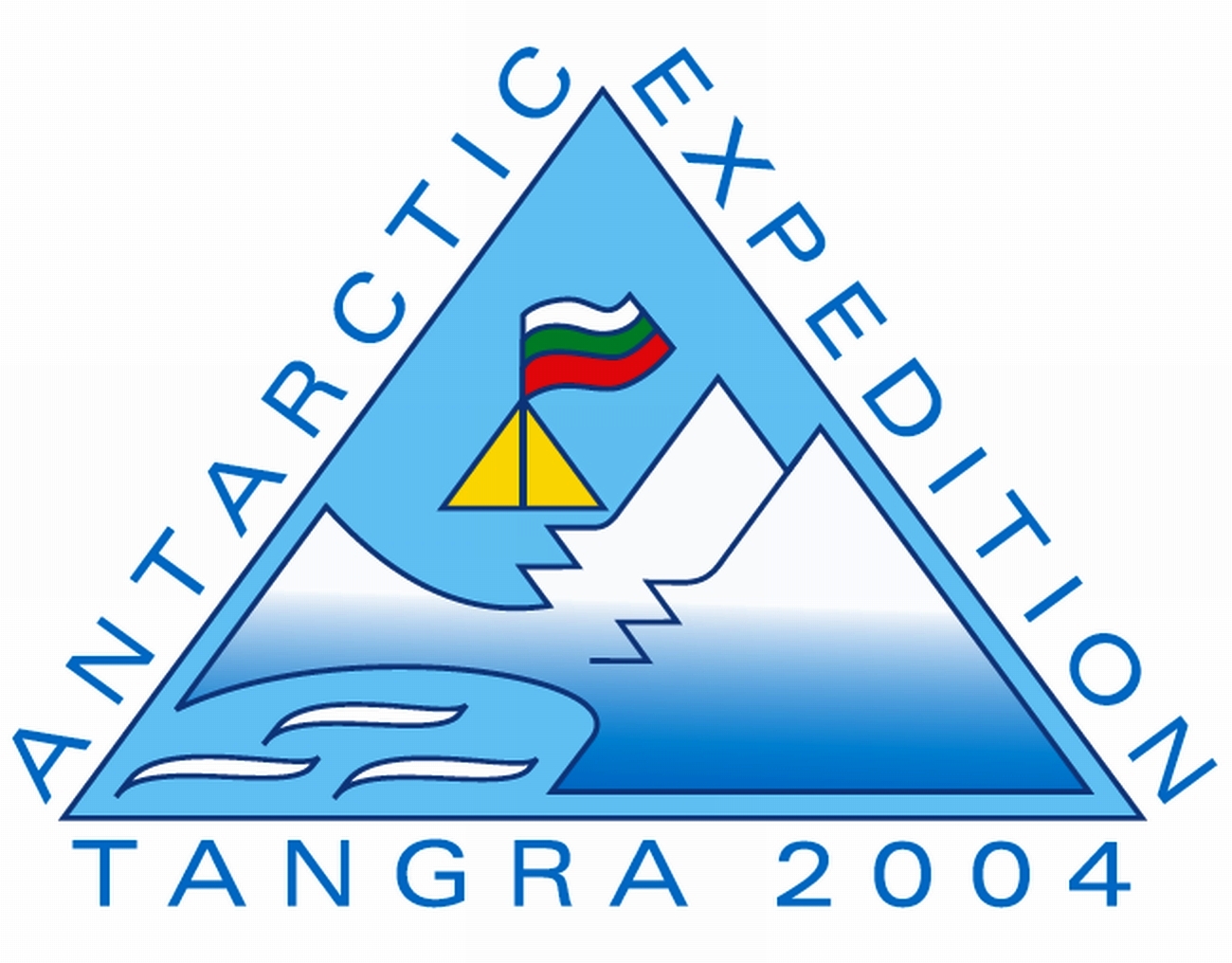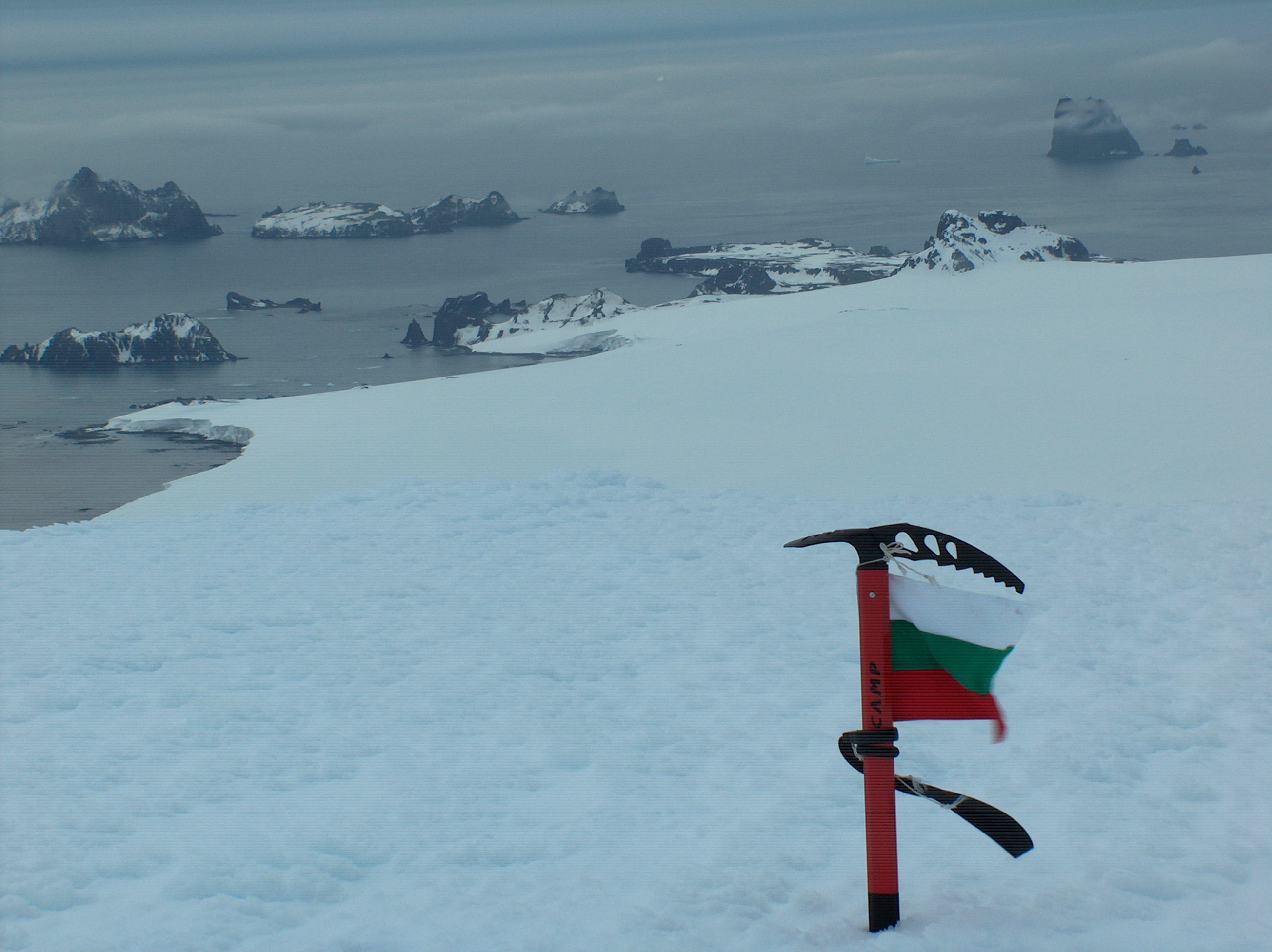|
Ivanov Beach
Ivanov Beach ( bg, Иванов бряг, Ivanov bryag, ) is a mostly ice-free beach on the Drake Passage stretching in southwest–northeast direction on the southeast coast of Barclay Bay in western Livingston Island, South Shetland Islands in Antarctica. It extends to Nedelya Point and Byers Peninsula on the southwest, Rowe Point and Etar Snowfield on the northeast, and the slopes of Rotch Dome on the southeast. Its ice-free area is ca. . The beach features Bilyar Point northeast of Nedelya Point, Mneme Lake just west of Rowe Point and a minor point southwest of the latter. The beach is protected by shallows, and numerous offshore rocks and islets with the largest of them being Cutler Stack off Nedelya Point. The feature is named for Lyubomir Ivanov, topographic surveyor in Antarctica during the 1994/95 and subsequent seasons, author of Antarctic topographic maps, and founding chairman of the Antarctic Place-names Commission of Bulgaria. In particular, he led the Ta ... [...More Info...] [...Related Items...] OR: [Wikipedia] [Google] [Baidu] |
Tangra 2004/05
The Tangra 2004/05 Expedition was commissioned by the Antarctic Place-names Commission at the Ministry of Foreign Affairs of Bulgaria, managed by the Manfred Wörner Foundation, and supported by the Bulgarian Antarctic Institute, the Institute of Mathematics and Informatics at the Bulgarian Academy of Sciences, Bulgarian Posts, Uruguayan Antarctic Institute, Peregrine Shipping (Australia), and Petrol Ltd, TNT, Mtel, Bulstrad, Polytours, B. Bekyarov and B. Chernev (Bulgaria). Expedition team Dr. Lyubomir Ivanov (team leader), senior research associate, Institute of Mathematics and Informatics at the Bulgarian Academy of Sciences; chairman, Antarctic Place-names Commission; author of the 1995 Bulgarian Antarctic ''Toponymic Guidelines'' introducing in particular the present official system for the Romanization of Bulgarian; participant in four Bulgarian Antarctic campaigns, and author of the first Bulgarian Antarctic topographic maps. Doychin Vasilev ... [...More Info...] [...Related Items...] OR: [Wikipedia] [Google] [Baidu] |
Nikopol Point
Nikopol Point (Nos Nikopol \'nos ni-'ko-pol\) is an ice-free point on the south coast of Byers Peninsula, Livingston Island in the South Shetland Islands, Antarctica projecting 650 m east-southeastwards into Bransfield Strait and linked by a spit to Vietor Rock to the south. The area was visited by early 19th century sealers who had dwellings at the foothills of nearby Sealer Hill. The feature is named after the town of Nikopol, Bulgaria. The Spanish facility Camp Byers, situated near Nikopol Point, operated in 2001/02 and subsequent seasons.Ivanov, LGeneral Geography and History of Livingston Island.In: ''Bulgarian Antarctic Research: A Synthesis''. Eds. C. Pimpirev and N. Chipev. Sofia: St. Kliment Ohridski University Press, 2015. pp. 17–28. Location The point is located at the west end of South Beaches, Byers Peninsula, 4.57 km east of Devils Point, 1.22 km east-southeast of Sealer Hill and 4.21 km west-southwest of Dometa Point. Maps Penínsul ... [...More Info...] [...Related Items...] OR: [Wikipedia] [Google] [Baidu] |
President Beaches
President Beaches is a series of beaches which extend for 6 nautical miles (11 km) along the broad western end of Byers Peninsula, Livingston Island in the South Shetland Islands, Antarctica between Start Point to the north and Devils Point to the south. The name "West Beaches" was proposed by K.R. Everett, United States Antarctic Research Program The United States Antarctic Program (or USAP; formerly known as the United States Antarctic Research Program or USARP and the United States Antarctic Service or USAS) is an organization of the United States government which has presence in the A ... (USARP) researcher who made a reconnaissance soil survey in the area during February 1969. The proposed name is locationally appropriate but would be repetitious. The Advisory Committee on Antarctic Names (US-ACAN) has chosen instead to restore a historical name to the vicinity. In the early part of the 1820–21 season, the Stonington sealers used the name "President's Harbor" ( ... [...More Info...] [...Related Items...] OR: [Wikipedia] [Google] [Baidu] |
South Beaches (Livingston Island)
South Beaches are the beaches extending along the south side of Byers Peninsula, Livingston Island in the South Shetland Islands, Antarctica between Devils Point to the west and Rish Point to the east. The beaches were visited by 19th century sealers. The feature was descriptively named, with the name 'South Beach' appearing on early mapping by Captain Robert Fildes The name Robert is an ancient Germanic given name, from Proto-Germanic "fame" and "bright" (''Hrōþiberhtaz''). Compare Old Dutch ''Robrecht'' and Old High German ''Hrodebert'' (a compound of '' Hruod'' ( non, Hróðr) "fame, glory, honou ... and Captain George Powell in 1821 and 1822 respectively. Location The beaches are centred at (British mapping in 1968, detailed Spanish mapping in 1992, and Bulgarian mapping in 2005 and 2009). Maps Chart of South Shetland including Coronation Island, &c.from the exploration of the sloop Dove in the years 1821 and 1822 by George Powell Commander of the same. Sca ... [...More Info...] [...Related Items...] OR: [Wikipedia] [Google] [Baidu] |
Robbery Beaches
Robbery Beaches are beaches extending along the north side of Byers Peninsula, Livingston Island in the South Shetland Islands, Antarctica between Essex Point to the west and Nedelya Point to the east. They are crossed by Eridanus Stream and Bedek Stream. The name ‘Robbery Beach’ was used by James Weddell in 1820–23. It arose from the English robbery of sealskins collected by the American brig ''Charity'' (Capt. Charles H. Barnard) of New York in January 1821. There was fierce competition between British and American sealers in the area during the early 1820s. Location The beaches are centred at (British mapping in 1968, detailed Spanish mapping in 1992, and Bulgarian mapping in 2005 and 2009). Maps Chart of South Shetland including Coronation Island, &c.from the exploration of the sloop Dove in the years 1821 and 1822 by George Powell Commander of the same. Scale ca. 1:200000. London: Laurie, 1822 Península Byers, Isla Livingston.Mapa topográfico a escala 1:25000. ... [...More Info...] [...Related Items...] OR: [Wikipedia] [Google] [Baidu] |
Ioannes Paulus II Peninsula
Ioannes Paulus II Peninsula ( bg, Полуостров Йоан Павел II, Poluostrov Yoan Pavel II, ) is an ice-covered peninsula on the north coast of Livingston Island in the South Shetland Islands, Antarctica that is bounded by Hero Bay to the east and Barclay Bay to the west. It extends 13 km in length in north–south direction and is 8 km wide. Its north extremity is formed by the ice-free Cape Shirreff, an area visited by early 19th century sealers. The peninsula's interior is occupied by Oryahovo Heights. The feature is named after Pope John Paul II (1920–2005) for his contribution to world peace and understanding among people. Location The peninsula is located at (British mapping in 1822 and 1968, Chilean in 1971, Argentine in 1980, Spanish mapping in 1991, and Bulgarian topographic survey Tangra 2004/05 and mapping in 2005 and 2009). See also * Oryahovo Heights * Cape Shirreff * Porlier Bay * Livingston Island Maps * L.L. Ivanov et al. Antar ... [...More Info...] [...Related Items...] OR: [Wikipedia] [Google] [Baidu] |
Cape Shirreff
Cape Shirreff is a prominent cape at the north end of the rocky peninsula which separates Hero Bay and Barclay Bay on the north coast of Livingston Island, in the South Shetland Islands of Antarctica. The cape was named by Edward Bransfield in 1820 after Captain William H. Shirreff, the British commanding officer in the Pacific at that time. The seasonal scientific field station Doctor Guillermo Mann Base has been operated by Chile since 1991 and the Shirreff Base by the USA since 1996. Description Situated on a small, ice-free peninsula forming the northern extremity of Ioannes Paulus II Peninsula, which is protected by the Convention on the Conservation of Antarctic Marine Living Resources Ecosystem Monitoring Programme and requires a permit to enter. It is 24 km north-east of Essex Point, 34 km west-south-west of Williams Point and 21 km north-west of Siddins Point. Lying also 809 km south-south-east of Cape Horn, Cape Shirreff is the locality i ... [...More Info...] [...Related Items...] OR: [Wikipedia] [Google] [Baidu] |
Seal Hunting
Seal hunting, or sealing, is the personal or commercial hunting of seals. Seal hunting is currently practiced in ten countries: United States (above the Arctic Circle in Alaska), Canada, Namibia, Denmark (in self-governing Greenland only), Iceland, Norway, Russia, Finland and Sweden. Most of the world's seal hunting takes place in Canada and Greenland. The Canadian Department of Fisheries and Oceans (DFO) regulates the seal hunt in Canada. It sets quotas (total allowable catch – TAC), monitors the hunt, studies the seal population, works with the Canadian Sealers' Association to train sealers on new regulations, and promotes sealing through its website and spokespeople. The DFO set harvest quotas of over 90,000 seals in 2007; 275,000 in 2008; 280,000 in 2009; and 330,000 in 2010. The actual kills in recent years have been less than the quotas: 82,800 in 2007; 217,800 in 2008; 72,400 in 2009; and 67,000 in 2010. In 2007, Norway claimed that 29,000 harp seals were killed, Russ ... [...More Info...] [...Related Items...] OR: [Wikipedia] [Google] [Baidu] |
William Smith (mariner)
William Smith (c. 1790–1847) was an English captain born in Blyth, Northumberland, who discovered the South Shetland Islands, an archipelago off the Graham Land in Antarctica. His discovery was the first ever made south of 60° south latitude, in the present Antarctic Treaty area. Early life and Apprenticeship Earsdon Parish Records held at Woodhorn Museum show that William, eldest son of William and Mary Smith, was baptised at St. Cuthbert's Church on 10 October 1790. Smith had a younger brother, Thomas, and sister, Mary, and his father was a Joiner of Seaton Sluice. In the eighteenth century, boys would start their seven-year apprenticeship at sea at the age of fourteen. According to John Miers' account of the discovery, William Smith had undertaken his apprenticeship ‘in the Greenland whale-fishery’. (At that time, there was a substantial British whaling industry, including to Greenland.) During his life he worked with Richard Siddins, described by hist ... [...More Info...] [...Related Items...] OR: [Wikipedia] [Google] [Baidu] |
British Antarctic Survey
The British Antarctic Survey (BAS) is the United Kingdom's national polar research institute. It has a dual purpose, to conduct polar science, enabling better understanding of global issues, and to provide an active presence in the Antarctic on behalf of the UK. It is part of the Natural Environment Research Council (NERC). With over 400 staff, BAS takes an active role in Antarctic affairs, operating five research stations, one ship and five aircraft in both polar regions, as well as addressing key global and regional issues. This involves joint research projects with over 40 UK universities and more than 120 national and international collaborations. Having taken shape from activities during World War II, it was known as the Falkland Islands Dependencies Survey until 1962. History Operation Tabarin was a small British expedition in 1943 to establish permanently occupied bases in the Antarctic. It was a joint undertaking by the Admiralty and the Colonial Office. At the end o ... [...More Info...] [...Related Items...] OR: [Wikipedia] [Google] [Baidu] |






.jpg)


.jpg)